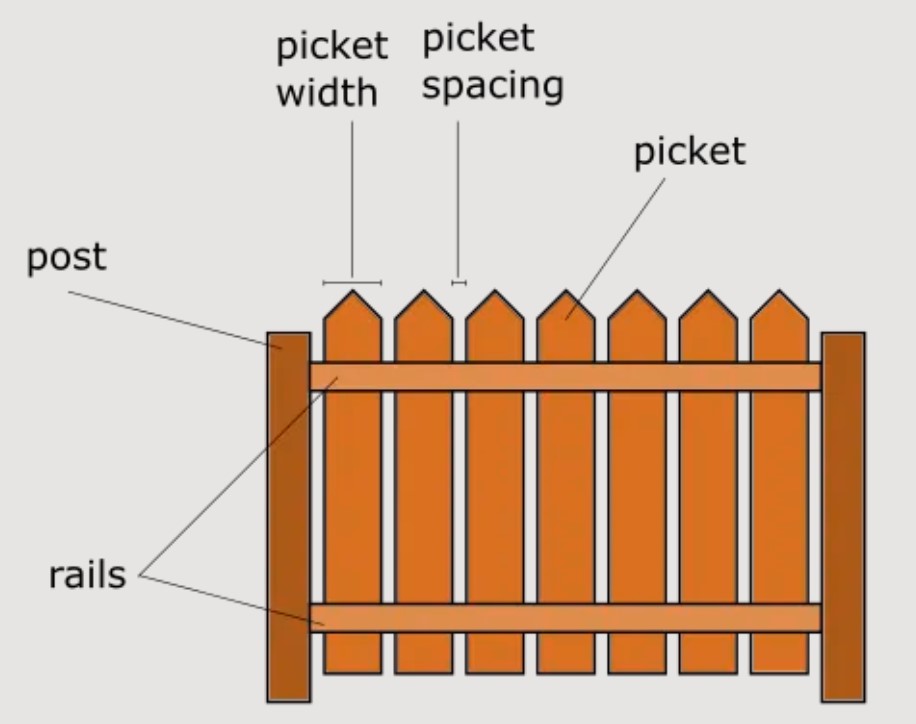Uncategorised
Fence Calculator
Fence Calculator: A Comprehensive Tool for Estimating Treated Pine Fences
The fence calculator is an innovative tool designed to simplify the process of estimating the cost of building a fence. It is particularly useful when dealing with treated pine posts, rails, and palings – common elements in construction, especially in fencing. This article will delve into the specifics of the fence calculator, exploring how it factors in these components and how it can ease the overall planning process.
Understanding Treated Pine Posts, Rails, and Palings
Pine is a versatile and commonly used wood in fencing due to its durability and cost-effectiveness. Treated pine, in particular, undergoes a process that increases its resistance to pests, rot, and decay, making it an excellent choice for outdoor applications like fences.
Posts, rails, and palings are integral parts of a fence. Posts serve as the backbone, providing support. Rails connect the posts and offer a frame, while palings, attached to the rails, form the fence’s body. The fence calculator considers these elements in its estimates.
The Role of the Fencing Calculator
The fence calculator is an online tool designed to provide an efficient and accurate cost estimate for your fencing project. It factors in material costs, including treated pine posts, rails, and palings, as well as labor costs. Let’s take a closer look at how it works.
Taking Measurements
The first step in using the fence calculator is inputting your fence measurements. It includes the length and height of the fence. The calculator then determines the number of posts, rails, and palings needed based on these dimensions.
Calculating Material Costs
After getting the necessary quantities, the fence calculator multiplies these by the current prices of treated pine posts, rails, and palings. It considers standard sizes, but custom dimensions can also be entered for a more accurate estimate.
Incorporating Labor Costs
Finally, the fence calculator includes labor costs in its computation. This is based on the average labor cost per hour and the estimated time it will take to install the fence. This can vary widely depending on the complexity of the project and local labor rates.
Case Study: Fencing Calculator in Action
Consider a homeowner planning to build a 100-foot long, 6-foot high treated pine fence. Using the fence calculator, they enter their measurements and receive an estimate of the needed materials: approximately 23 posts, 46 rails, and 275 palings. Given the current prices of these materials and an estimated labor cost of $30 per hour for a 50-hour job, the total estimated cost would be around $4,500. This gives the homeowner a clear picture of their potential investment, helping with budget planning and decision-making.
The Value of the Fence Calculator
Using a fence calculator offers several benefits:
-
- It provides an accurate cost estimate, reducing the likelihood of budget overruns.
-
- It saves time and effort, eliminating guesswork and complex calculations.
-
- It offers flexibility, allowing for adjustments in measurements and prices.
-
- It helps in decision-making, showing how changes in dimensions or materials can affect the total cost.
These make the fence calculator an invaluable tool for homeowners, contractors, and other stakeholders in a fencing project.
Conclusion
The fencing calculator is a powerful tool that factors in treated pine posts, rails, and palings, providing an accurate estimate for your fencing project. It not only simplifies calculations but also aids in budget planning and decision-making, making the process of building a fence more manageable and less stressful. Whether you’re a homeowner planning a DIY project or a contractor working on a large-scale job, the fence calculator can be a game-changer.
Fence Calculator includes treated pine posts, rails, and palings.
